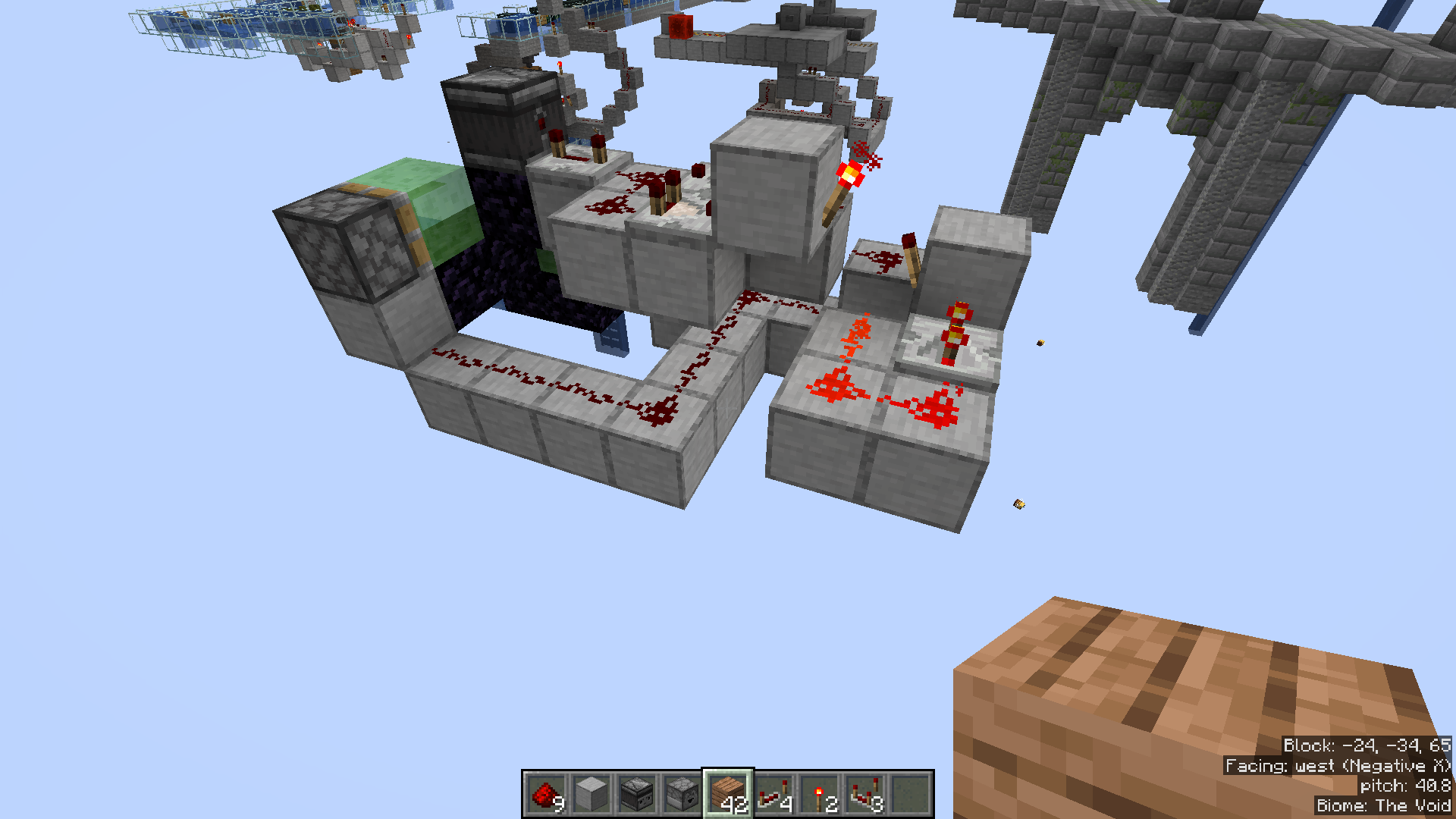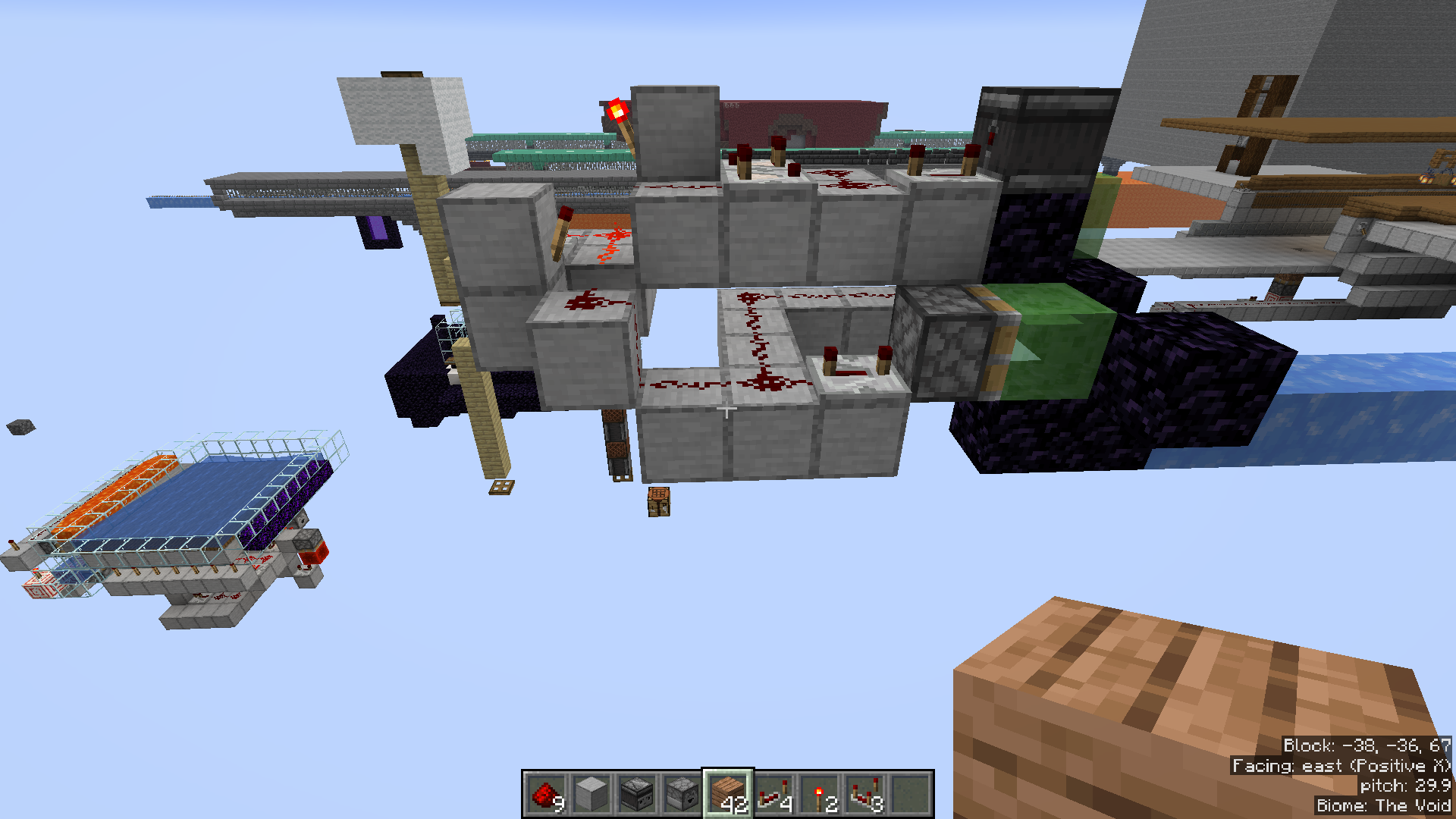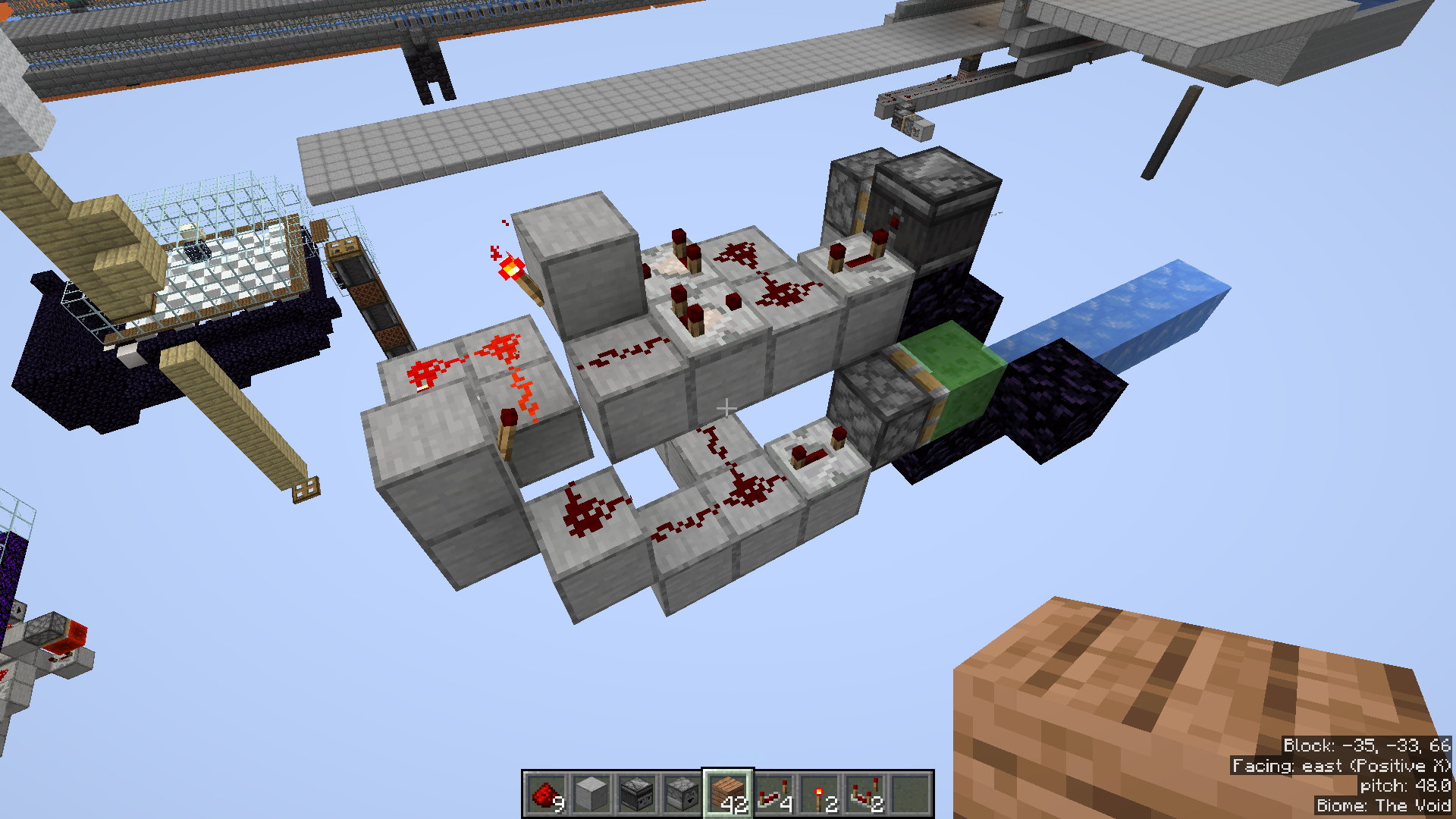I thought I would give my experiences with odin and zig. Maybe it will be of use to op.
Odin:
I used Odin about 6 months ago.
I found Odin to be a very easy language to use. It also has wrappers for popular third party c libraries (called vendors) built in (glfw, sdl2, etc.). The vendor libraries are mostly focused on multimedia. Odin also has an extensive standard library.
My problem with Odin is that it is still not finished. They say the language features are done and will not change but they are still working on the standard library. When last I used it they were rewriting the OS part of the standard library, so anything you wrote using the OS module could change and you would need to rewrite parts of your code.
My second problem with Odin is the documentation. They do have a large source file with lots of examples in it which is very helpful but documentation for the standard library is seriously lacking. You often have to read the source code to figure out what the standard library functions do. Another documentation resource is their discord but, because of the changing standard library, answers you find via search in Discord are often old. So, you will need to ask and hope someone answers. I will say that the creator of Odin is very active on Discord and does answer a lot of questions.
I am waiting for a full Odin release before I try it again.
Zig:
I used zig about 8 months ago.
I found zig a bit more difficult to learn. The syntax is a bit different than what I was used to (especially around error handling). But, after I got my head around some of the strange syntax it made sense and worked fairly well.
My big problem with zig was using c libraries. Zig is good at generating a wrapper for c libraries but the wrapper will feel very c and not zig. So, ideally, someone would have manually tweaked the wrapper to be more zig like and release it as a library. I had issues with zig versions and libraries. Libraries are built against a specific version of zig. Some target the latest in development build and some target a specific release build (and then some have abandoned their libraries and it targets old versions). When you want to use 2 libraries that target different versions it is a nightmare. This brings me on to the build system.
My second problem is the build system. It is powerful but with power comes complication. I struggled terribly to use the build system to bring in libraries. What did not help is that the build system is constantly evolving so the documentation on forums and in the libraries “how to use” sections was often out of date. This was painful to try to use.
Another thing with zig that worries me is that they say the syntax is not finalized and it could change forcing you to rewrite your code.
My conclusion:
Odin is easy to use especially if you want to use it for graphical programs but have the speed/power of c. Just the documentation is a problem. Also, it is not that popular so the community is quite small.
Zig is much more popular with a larger community than Odin. More applications are being written and released in zig. It looks like zig may one day become a c replacement. Using it now requires a lot of effort to keep up with its changes.
Rust… I tried it once but I did not have the energy to learn the borrow checker (or I am just to stupid).
This is all just my experiences. Your mileage may vary.












Odin might be better because it has built in vendor libraries like glfw/sdl2 for windowing and events and box2d if you need physics.